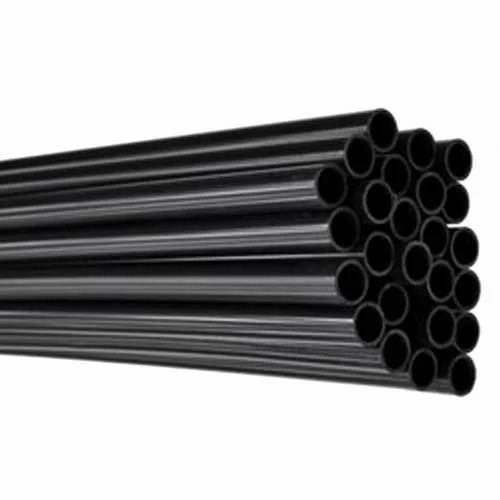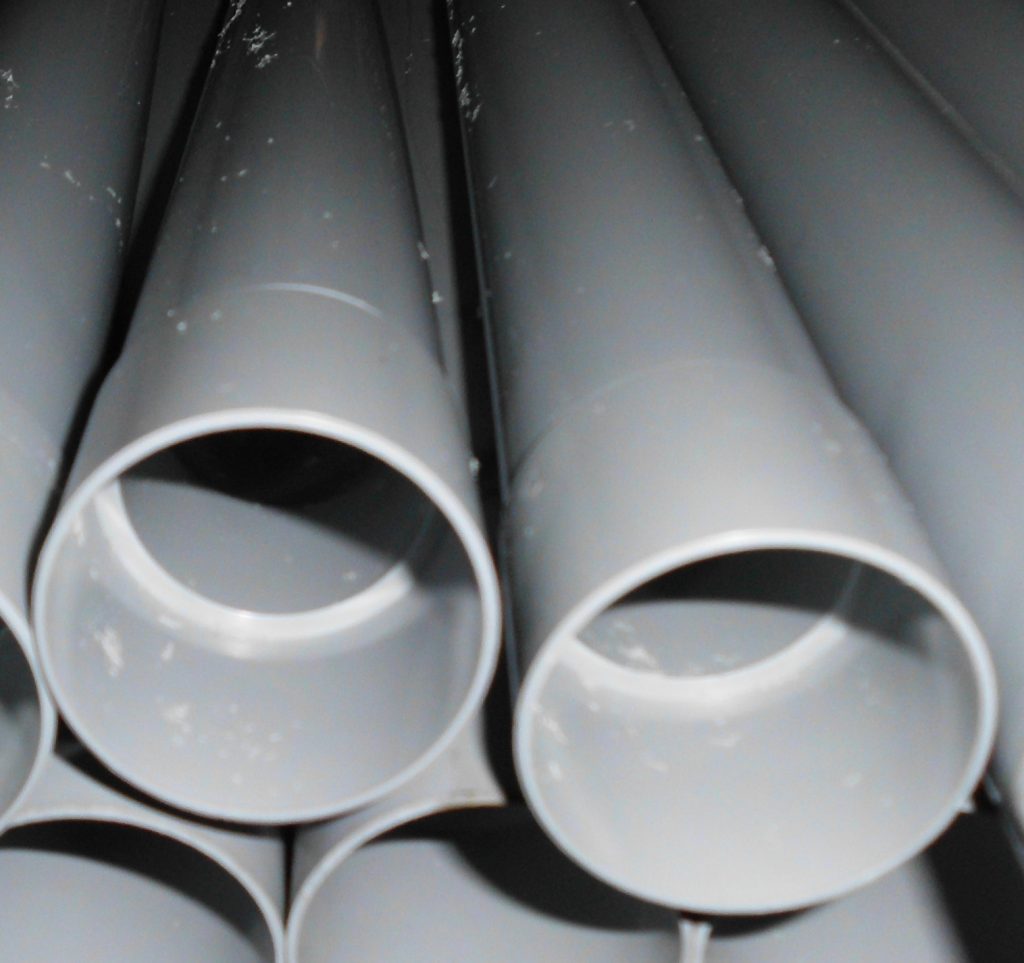The modern world is intricately interconnected, thanks to the extensive network of infrastructure that supports our daily lives. While we often marvel at the towering skyscrapers, sprawling road networks, and advanced technologies that define our cities, there is an unsung hero that underpins all of this – conduits. In this article, we will delve into the world of conduits, exploring their historical significance, technical aspects, and their crucial role in building the backbone of modern infrastructure.
What are Conduits?
Defining Conduits
Conduits are essentially pathways designed to house and protect various utility services, such as electrical wiring, data cables, water supply lines, and more. These pathways ensure the safe and organized transmission of essential services throughout our cities.
Different Types of Conduits
Conduits come in various forms, including electrical conduits, communication conduits, and utility conduits. Each serves a specific purpose and is tailored to the needs of the infrastructure they support.
The Historical Significance
Conduits have a rich history dating back to ancient civilizations. The Romans, for instance, built an extensive network of aqueducts that can be considered conduits for water supply. Over time, conduits have evolved from simple earthen channels to sophisticated systems that are essential for modern living.
Conduits in Modern Infrastructure
How Conduits Support Various Utilities
Conduits play a vital role in providing power, communication, water, and gas to our homes and businesses. Without them, the infrastructure we rely on would be a tangled mess of exposed wires and pipes.
The Significance of Well-Planned Conduit Systems
Well-designed and organized conduit systems are crucial for efficiency and safety. They facilitate easy maintenance and reduce the risk of service disruptions.
The Technical Aspects
How Conduits are Constructed
Conduits are typically constructed from materials like PVC, steel, or HDPE. The choice of material depends on the specific utility they carry and the environmental conditions they are exposed to.
Materials Used in Conduit Manufacturing
The materials used in conduit manufacturing must meet stringent standards to ensure durability and safety. Advances in materials science have led to more robust and long-lasting conduit options.
Conduit Installation
The Installation Process
Installing conduits involves careful planning, digging trenches, and laying the conduit. Proper installation is critical to avoiding future problems and ensuring the longevity of the infrastructure.
Challenges and Best Practices
Conduit installation can be challenging, especially in densely populated urban areas. Best practices include minimizing disruptions, adhering to safety regulations, and using advanced installation techniques.
Environmental Impact
How Conduits Can Be Eco-Friendly
Efforts are being made to design eco-friendly conduits that have a reduced impact on the environment. This includes using recyclable materials and implementing sustainable installation methods.
Reducing the Carbon Footprint of Infrastructure
Green conduits contribute to reducing the carbon footprint of infrastructure, which is crucial in our quest for a more sustainable future.
Conduit Maintenance
The Importance of Regular Maintenance
Regular maintenance of conduits is vital to ensure uninterrupted utility service. Neglecting maintenance can lead to costly repairs and service outages.
Prolonging the Lifespan of Conduits
Proactive maintenance practices, such as inspections and repairs, can extend the lifespan of conduits, saving both time and resources.
The Impact on Surrounding Infrastructure
Well-maintained conduits contribute to the stability and resilience of infrastructure during adverse conditions, such as earthquakes and storms.
Future Innovations
Upcoming Trends in Conduit Technology
As technology evolves, conduits are adapting to accommodate the growing demands of smart cities and modern living. Innovations like self-healing conduits are on the horizon.
How They’ll Shape the Future
Conduits will play a pivotal role in shaping the cities of the future, supporting smart technologies, and enhancing the quality of life for residents.
Conduits in Smart Cities
How Conduits are Essential for Smart City Development
Smart cities rely on data and communication infrastructure, and conduits are at the heart of these systems, enabling the seamless flow of information.
Improving Urban Living with Conduits
Conduits support smart solutions, such as traffic management and energy-efficient lighting, making urban living more convenient and sustainable.
Challenges and Solutions
Common Challenges in Conduit Implementation
From permitting issues to funding challenges, there are several obstacles to successful conduit projects. Identifying and addressing these challenges is essential.
Innovative Solutions to Overcome Them
Innovations in conduit design, installation techniques, and public-private partnerships are helping overcome challenges and streamline conduit projects.
Economic Benefits
How Investing in Conduits Can Lead to Economic Growth
Conduit projects create jobs, stimulate related industries, and provide long-term economic benefits for cities and regions.
Stimulating Industries and Job Creation
The conduit industry contributes to employment and economic growth, making it a valuable investment for governments and private sectors.
Building Resilience
How Conduits Contribute to Infrastructure Resilience
Conduits are crucial in ensuring infrastructure can withstand natural disasters and recover quickly.
Preparing for Natural Disasters
Incorporating resilient conduit systems into infrastructure planning is essential for disaster preparedness and recovery.
Conclusion
In conclusion, conduits are the hidden powerhouses that enable our modern way of life. They have a rich historical significance and a crucial role in building the infrastructure of the future. As technology continues to advance, the importance of conduits in supporting smart cities and enhancing resilience cannot be overstated.



